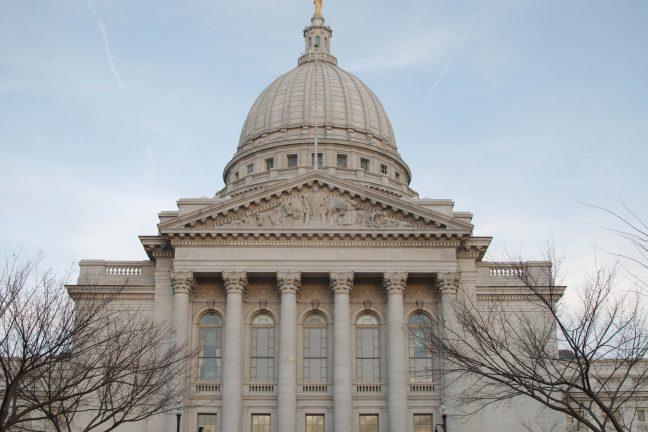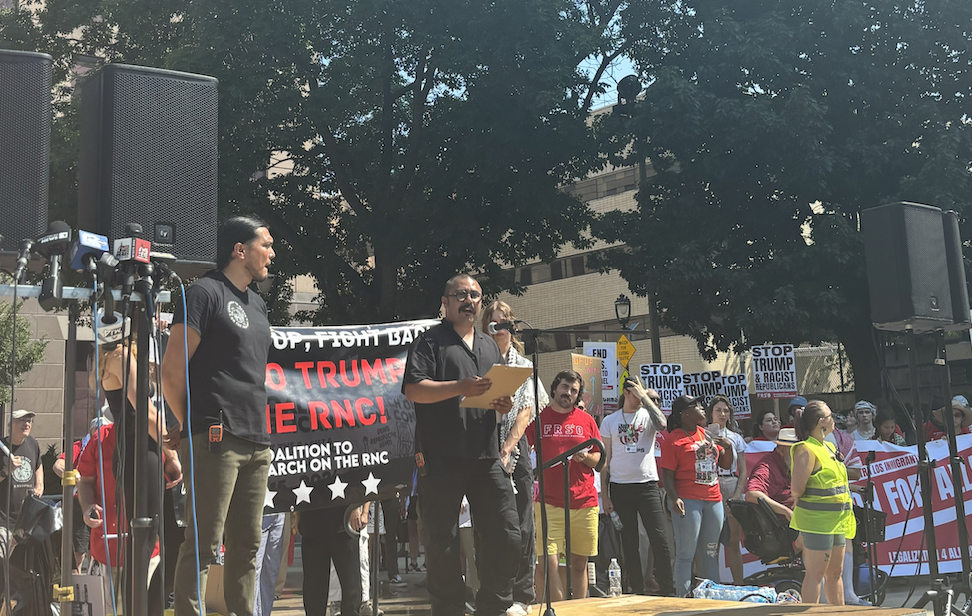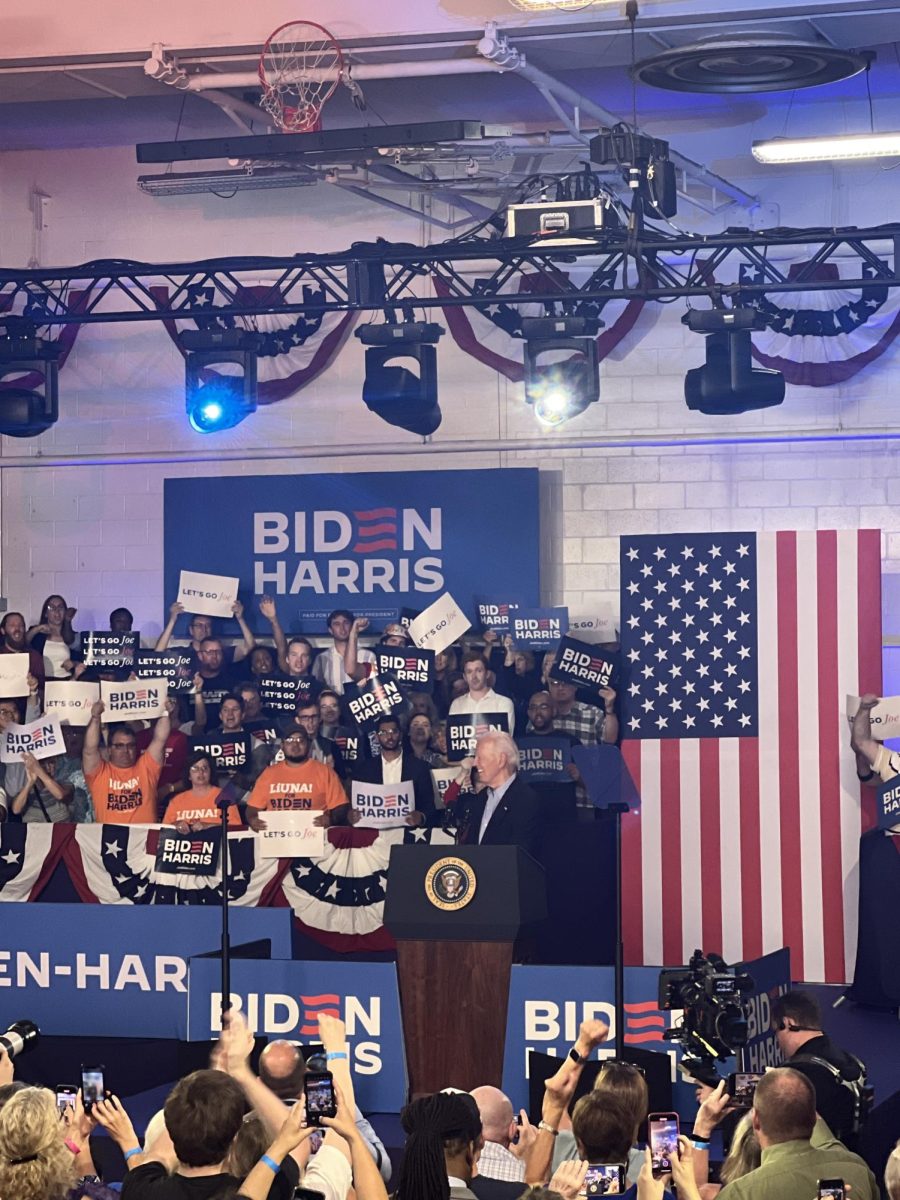The formation of Wisconsin’s budget is a lengthy, complex process that accounts for several billion dollars worth of funding for every agency in the state over a two-year period.
The newest budget, proposed Thursday, is Gov. Tony Evers’ first. Before passing, it will first face the state Legislature. Some Republicans have expressed concern over increased taxes, while others have criticized the budget for allocating taxpayer funds to Planned Parenthood.
So, to better understand the budget process that will unfold over the next few weeks, here’s a breakdown.
First stop: Evers’ desk
Wisconsin’s state budget is drafted for two-year periods by the state Legislature with substantial input from Evers. The budget formation begins in the fall of even-numbered years with state agencies submitting their requests to the governor, who takes the requests into account while compiling a budget proposal for the following February.
Evers plans to address gerrymandering, juvenile prisons in budget proposal
Second stop: Joint Finance Committee
Next, the budget proposal goes to the Legislature’s Joint Finance Committee, a committee comprised of both Assembly members and senators. The committee will tour the state and hold a series of hearings to receive public input on the budget.
Third stop: One half of the Legislature votes on it
Following these hearings, the budget goes to the one of the houses of the Legislature — either the Assembly or the Senate — to be debated and for the addition of amendments. Republicans currently control both houses.
Then, the full membership of the Legislature votes on the bill. Once it passes, it’s on to the other legislative chamber.
Fourth stop: The other half of the Legislature
Next, the other half of the Legislature has the chance to make amendments and vote on it. Like before, once the other house votes on the budget, the full Legislature gets to vote on it.
If the two houses pass bills with significant differences, a Conference Committee of members from each house is usually appointed to work out a compromise. The budget then goes back into both houses for a yes or no vote.
Final stop: Back to the Governor’s desk
Completing its long journey, the budget ends up back where it started: the governor’s desk. Once it reaches Evers, he can change the language, dollar amounts or cross out whole items. The Legislature has the power to veto these edits if they get a two-thirds vote of both houses.
Finally — usually by July — the budget is signed into law.


















